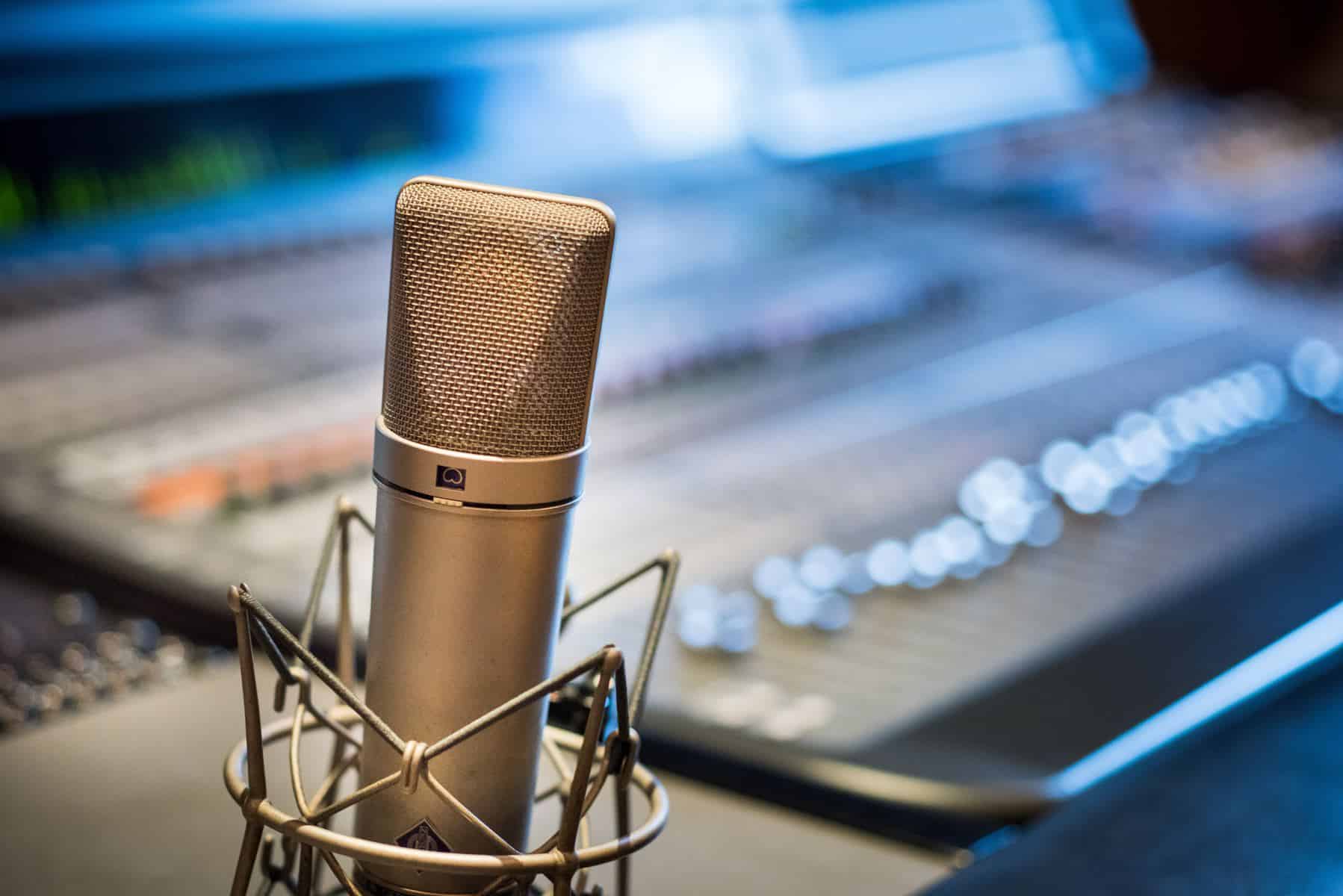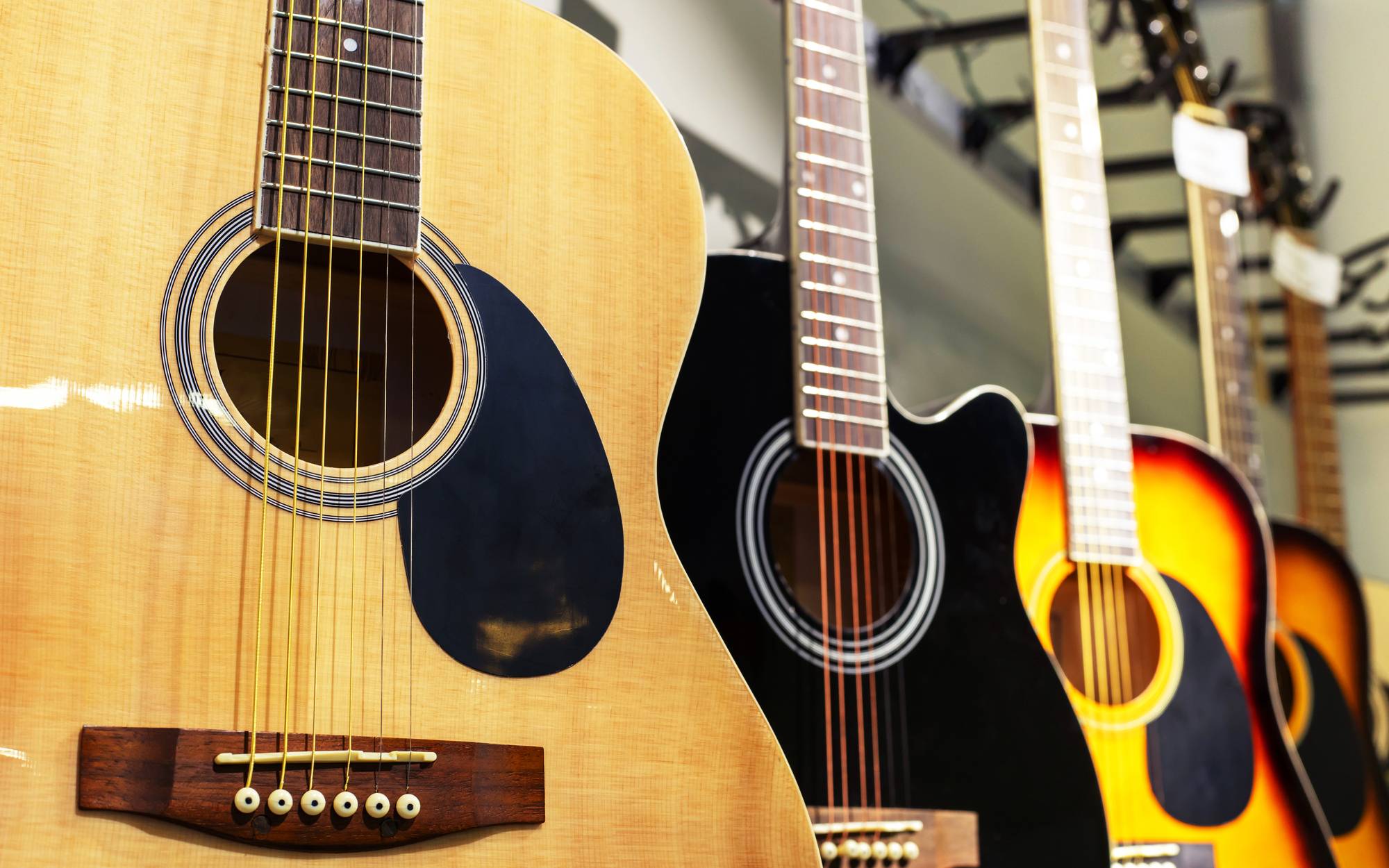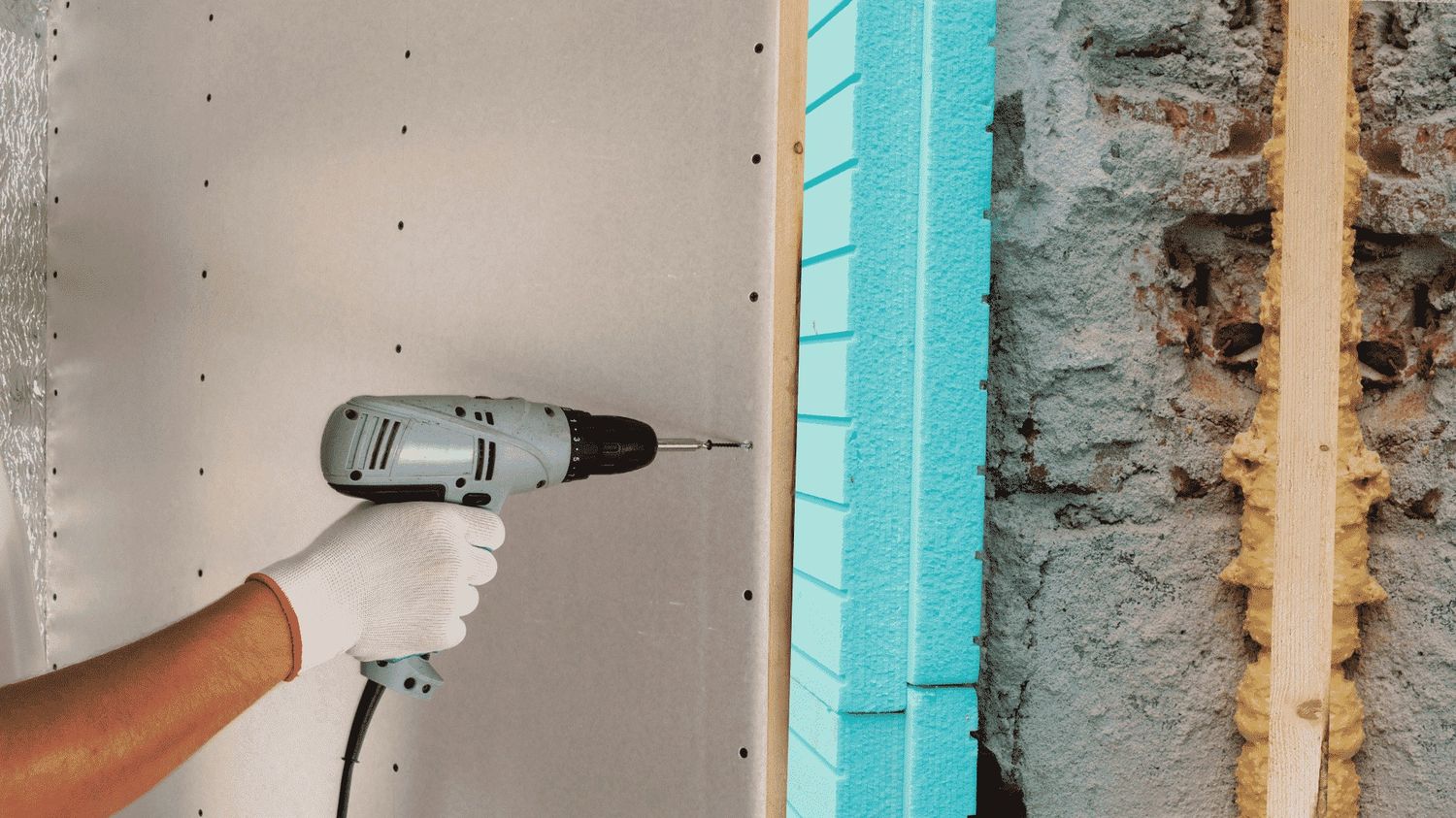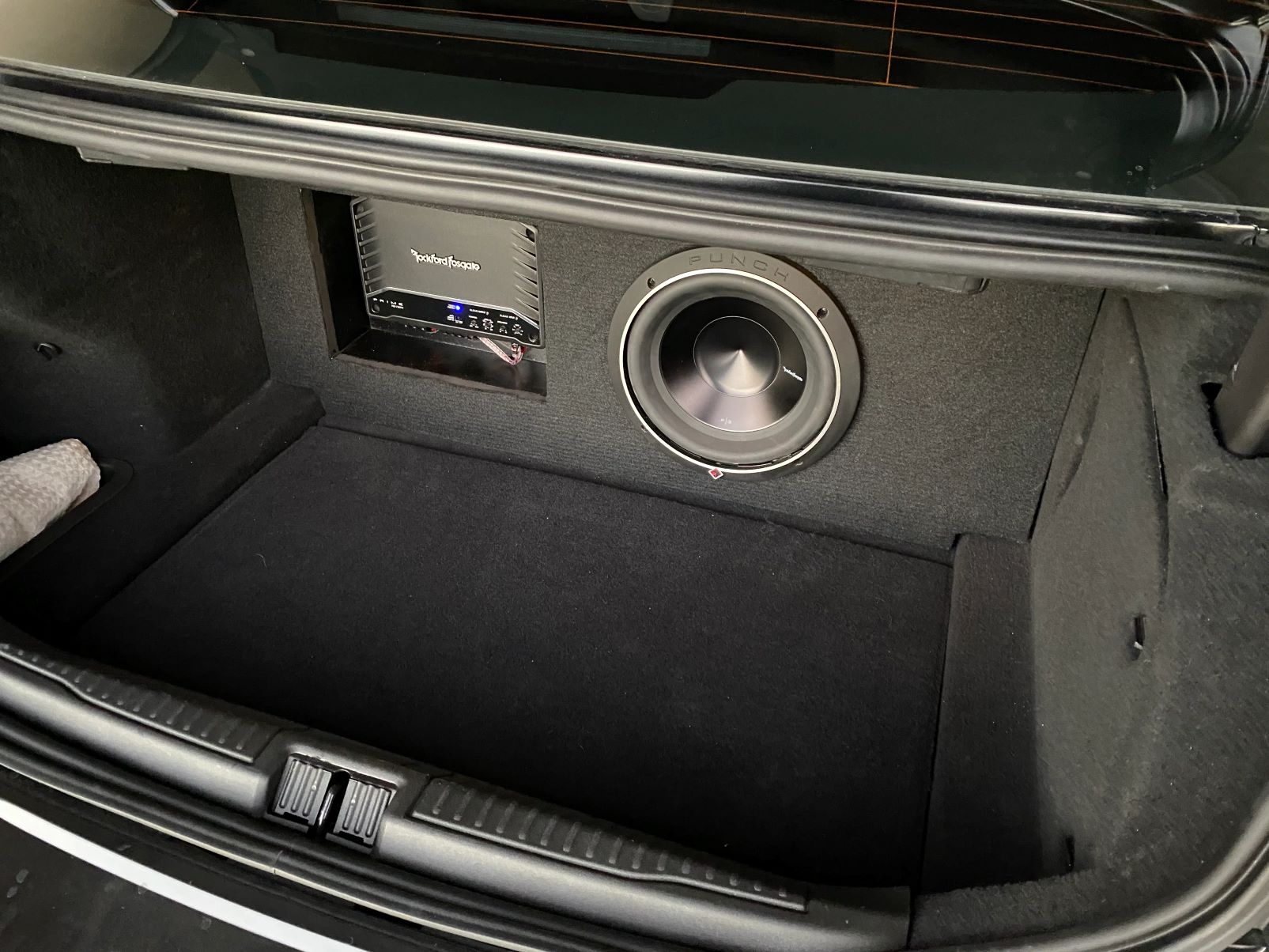Home>Events & Info>Podcast>How Much Does It Cost To Put A Podcast On Spotify
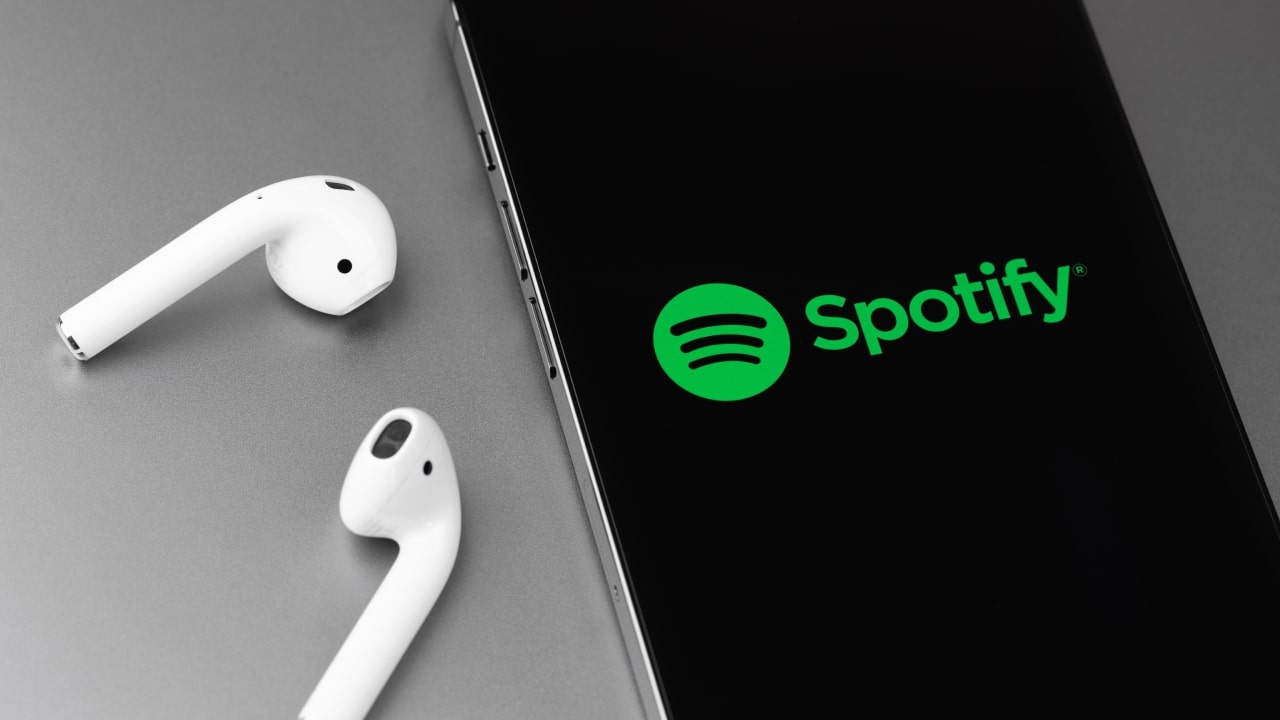

Podcast
How Much Does It Cost To Put A Podcast On Spotify
Modified: January 22, 2024
Discover the cost of putting your podcast on Spotify and start reaching a wider audience today. Learn about pricing options and maximize your podcast's visibility.
(Many of the links in this article redirect to a specific reviewed product. Your purchase of these products through affiliate links helps to generate commission for AudioLover.com, at no extra cost. Learn more)
Table of Contents
Introduction
Podcasting has quickly become one of the most popular mediums for content creators and listeners alike. With the rise of platforms like Spotify, podcasters now have a massive opportunity to reach a wider audience and grow their brand. But as with any endeavor, there are costs associated with producing and distributing a podcast.
In this article, we will explore the question, “How much does it cost to put a podcast on Spotify?” We will discuss the various steps involved in creating a podcast, getting it ready for Spotify, and ultimately submitting it to the platform. Additionally, we will delve into the guidelines and requirements set by Spotify for podcast submission, and touch on the hosting options available on the platform.
Whether you’re a seasoned podcaster or just getting started, understanding the costs and requirements of putting your podcast on Spotify is crucial to maximizing your exposure and potential revenue streams. So, let’s dive in and explore all that you need to know about bringing your podcast to the Spotify platform.
How to Create a Podcast
Creating a podcast involves several key steps that lay the foundation for a successful and engaging show. Here are the essential steps to help you get started:
- Define Your Podcast Concept: Before diving into the technical aspects, it’s crucial to have a clear vision for your podcast. Determine the topic, format, and target audience for your show. This will help you create content that resonates with your listeners.
- Acquire the Necessary Equipment: To produce high-quality audio, you will need some basic equipment, including a good microphone, headphones, a computer, and audio editing software. While you can start with minimal equipment, investing in quality equipment will enhance the overall listening experience for your audience.
- Plan and Script Your Episodes: Take the time to plan out your episodes and create a script. This will help you stay organized and ensure a smooth flow during recording. While some podcasts thrive on spontaneity, having a general outline or talking points can enhance the quality and structure of your show.
- Record and Edit Your Episodes: Find a quiet and well-enclosed space to record your episodes. Use your microphone and recording software to capture your voice and any additional audio elements. Once recorded, edit your episodes to remove any mistakes or unnecessary sections. Focus on delivering clean and engaging content.
- Add Intro and Outro Music: Consider incorporating intro and outro music to give your podcast a professional touch. This can help set the tone and create a recognizable identity for your show. There are royalty-free music libraries available online where you can find suitable tracks.
- Choose a Podcast Hosting Platform: A podcast hosting platform is where your audio files will be stored and distributed to various podcast directories like Spotify. Select a reliable hosting provider that offers features such as analytics, distribution, and customizable podcast feeds.
- Upload and Publish Your Episodes: Once you have your podcast hosting set up, upload your episodes and enter relevant metadata such as episode titles, descriptions, and artwork. This information will help potential listeners discover and engage with your show.
Remember, creating a podcast requires time, effort, and dedication. Prioritize delivering high-quality content, engaging with your audience, and consistently releasing new episodes to build a loyal and growing listener base. With a well-executed plan and a passion for your topic, you’re well on your way to podcasting success.
Getting Your Podcast Ready for Spotify
Once you have created and produced your podcast episodes, the next step is to prepare your podcast for submission to Spotify. Here are the key steps to get your podcast ready:
- Create High-Quality Artwork: Design eye-catching podcast artwork that represents your show. Spotify has specific requirements for artwork, including a recommended size of 1400 x 1400 pixels and a maximum file size of 512KB. Your artwork should be visually appealing and reflect the essence of your podcast.
- Write Compelling Podcast Description: Craft a concise and captivating description of your podcast. In a few sentences, clearly communicate what your show is about and why listeners should tune in. Make sure to include relevant keywords to improve discoverability.
- Gather Additional Information: Spotify may require additional information during the submission process, such as your podcast’s RSS feed URL, host information, and contact details. Have this information readily available to streamline the submission process.
- Check Audio Quality: Before submitting your podcast, listen to your episodes and ensure the audio quality is excellent. Remove any background noise, adjust audio levels, and ensure a consistent volume throughout. Listeners appreciate clear and professional audio.
- Ensure Proper Metadata: Double-check that your podcast metadata, including episode titles and descriptions, accurately represent the content of each episode. Clear and concise metadata helps potential listeners understand what your episodes are about and improves searchability.
- Comply with Legal Regulations: Ensure that your podcast follows legal regulations and guidelines. Respect copyright laws and obtain necessary permissions for any copyrighted content or music used in your episodes. Failure to comply can lead to your podcast being removed from Spotify and other platforms.
- Test RSS Feed: Spotify requires a valid RSS feed for podcast submission. Use tools like FeedValidator.org to validate your RSS feed and ensure it meets the necessary standards. Fix any errors or issues before submitting your podcast.
By following these steps and ensuring your podcast meets the requirements, you’ll be well-prepared to submit your podcast to Spotify and increase your chances of acceptance. Take the time to polish your podcast and make it as appealing and professional as possible before taking the next step.
Submitting Your Podcast to Spotify
Now that you have prepared your podcast for Spotify, it’s time to submit your show to the platform. Here is a step-by-step guide to help you through the submission process:
- Create a Spotify Account: If you don’t already have one, sign up for a Spotify account. You can use either a personal or business account to submit your podcast.
- Visit the Spotify for Podcasters Platform: Go to the Spotify for Podcasters website and log in using your Spotify account credentials.
- Submit Your Podcast RSS Feed: Once logged in, click on the “Get Started” button and enter your podcast RSS feed URL. This URL is provided by your podcast hosting platform.
- Verify Podcast Ownership: Spotify will ask you to verify your ownership of the podcast by choosing one of the available verification methods. This may include using a specific email address associated with your podcast or adding a special tag to your podcast’s website.
- Review and Customize Your Podcast Details: Spotify will sync your podcast details, including the artwork, description, and episodes, from your RSS feed. Review this information and make any necessary updates or edits.
- Submit the Podcast: Once you are satisfied with your podcast details, submit your show to Spotify. It may take a few days to review and approve your submission.
- Wait for Approval: During the review process, Spotify will evaluate your podcast to ensure it meets their guidelines and standards. This includes verifying the audio quality, compliance with legal regulations, and adherence to their content policies.
- Receive Confirmation: If your podcast is approved, you will receive a confirmation email from Spotify. Your show will be available on Spotify and accessible to millions of listeners around the world.
It’s important to note that not all podcasts may be accepted by Spotify. They have certain content guidelines and quality standards in place to provide the best experience for their listeners. If your podcast is not approved, review their guidelines and make any necessary adjustments before resubmitting.
Once your podcast is live on Spotify, continue to promote your show, engage with your audience, and create compelling episodes to grow your listenership. Remember, Spotify is just one platform for podcast distribution, so leverage other podcast directories and social media to expand your reach and connect with a wider audience.
Spotify Podcast Submission Guidelines
Spotify has specific guidelines in place to ensure that all podcasts on their platform meet certain standards and provide a high-quality listening experience. Here are some important guidelines to keep in mind when submitting your podcast to Spotify:
- Content Policies: Your podcast content should comply with Spotify’s content policies. This means that it should not contain hate speech, explicit or adult content, harassment, or any illegal activities. Make sure your podcast content aligns with these policies to increase the chances of approval.
- Audio Quality: Spotify emphasizes the importance of good audio quality. Your podcast audio should be clear, well-recorded, and free from excessive background noise or distortion. Listeners appreciate podcasts with professional audio production.
- Original Content: Spotify requires that your podcast consists of original content created by you or your team. Avoid submitting podcasts that are primarily comprised of reuploaded content, such as audiobooks or previously recorded radio shows.
- Metadata Accuracy: Ensure that your podcast metadata, such as episode titles, descriptions, and categories, accurately represent the content of each episode. Clear and relevant metadata will help listeners discover and engage with your podcast.
- Artwork Specifications: Spotify has specific requirements for podcast artwork. The recommended size is 1400 x 1400 pixels, and the maximum file size should not exceed 512KB. Your artwork should be visually appealing, reflect your podcast’s branding, and be free from any text that may be too small to read.
- Legal Compliance: Make sure your podcast content and any accompanying materials, such as music, intros, or outros, comply with copyright laws. Obtain the necessary licenses or permissions for any copyrighted material used in your episodes to avoid any legal issues.
- Consistency: Spotify encourages podcasters to release new episodes consistently. While there are no strict requirements, having a regular publishing schedule can help build an engaged audience and improve discoverability on the platform.
- Engagement and Interaction: Spotify aims to create an interactive podcast listening experience. Encourage your listeners to engage with your content through comments, reviews, and sharing on social media. Active audience participation can enhance the overall podcast experience.
By adhering to these guidelines, you can increase the chances of your podcast being accepted by Spotify. Remember to review the specific guidelines provided by Spotify on their website to ensure that your podcast complies with their policies and requirements.
Submitting a podcast to Spotify is an exciting opportunity to reach a wider audience and grow your show’s popularity. Take the time to create original, engaging content that meets Spotify’s guidelines, and you’ll be on your way to podcasting success on the platform.
Spotify Podcast Hosting
While Spotify is primarily known as a music streaming platform, it has also become a popular destination for podcast listening. In addition to submitting your podcast to Spotify, you may also consider utilizing Spotify as your podcast hosting platform. Here are some key details about Spotify’s podcast hosting capabilities:
Spotify offers a comprehensive podcast hosting service called Spotify for Podcasters. This platform allows podcast creators to host their podcasts directly on Spotify, making it a convenient and streamlined option for managing and distributing your podcast.
By hosting your podcast on Spotify, you can benefit from several features and advantages:
- Seamless Integration: Hosting your podcast on Spotify eliminates the need for using separate hosting services and then submitting your podcast to Spotify. You can directly upload your episodes to Spotify for Podcasters, saving time and streamlining your podcast distribution process.
- Analytics and Insights: Spotify for Podcasters provides detailed analytics and insights about your podcast performance. You can track important metrics such as the number of plays, audience demographics, and engagement levels, allowing you to gain valuable insights and make informed decisions to grow your podcast.
- Improved Discoverability: By hosting your podcast on Spotify, you can potentially reach Spotify’s massive user base and tap into a wider audience. Spotify is a prominent platform for music and podcast discovery, making it an ideal place to attract new listeners to your show.
- Monetization Opportunities: Spotify for Podcasters also offers monetization options for eligible podcasters. You can explore opportunities such as podcast advertising and sponsorship deals, allowing you to generate revenue from your podcast.
- Direct Communication: Spotify for Podcasters enables direct communication and engagement with your listeners. You can respond to comments and engage in conversations, fostering a sense of community and connection with your audience.
It’s important to note that while hosting your podcast on Spotify has its advantages, it’s not the only hosting option available. You can still use other podcast hosting platforms and submit your podcast to Spotify separately. The choice ultimately depends on your specific needs and preferences as a podcaster.
Before deciding on hosting your podcast on Spotify, carefully consider the features, requirements, and limitations of the platform. Evaluate how it aligns with your podcasting goals, audience reach, and monetization strategies. Additionally, ensure that your podcast meets Spotify’s content policies and technical requirements to ensure a smooth hosting experience.
By utilizing Spotify’s podcast hosting service, you can leverage its unique features and tap into the vast potential of the Spotify platform to grow your podcast and reach a broader audience.
Podcast Artwork and Description Requirements
When submitting your podcast to Spotify or any other podcast platform, it’s essential to pay attention to the artwork and description of your show. These elements play a crucial role in attracting potential listeners and conveying the essence of your podcast. Here are the requirements and best practices for podcast artwork and description:
Podcast Artwork
Your podcast artwork serves as the visual representation of your show, so it’s important to create compelling and visually appealing artwork that grabs attention. Here are the key requirements and recommendations:
- Format and Size: Spotify recommends a square image with a size of 1400 x 1400 pixels. Keep in mind that the maximum file size for your artwork should not exceed 512KB.
- Eye-catching Design: Design your artwork in a way that stands out and represents the theme or genre of your podcast. Use high-quality images, colors, and typography to create an engaging and visually striking design.
- Legibility: Ensure that your artwork is easily legible, even when displayed as a small thumbnail. Use clear and readable fonts for the title of your podcast and consider enhancing the contrast between the text and the background.
- Consistency: Maintain consistency in your artwork by using consistent branding elements, color schemes, and imagery across all episodes. This helps create an identifiable and professional brand for your podcast.
Podcast Description
Your podcast description provides an opportunity to give potential listeners an overview of what your show is about and why they should tune in. Consider the following tips for crafting an effective podcast description:
- Be Concise: Keep your description concise and to the point. Highlight the key aspects and unique selling points of your podcast while keeping it engaging and informative.
- Include Keywords: Incorporate relevant keywords in your description to improve discoverability. Consider what listeners may search for when looking for podcasts in your niche and naturally include those keywords in your description.
- Show Your Personality: Let your podcast description reflect your tone and personality. Whether your show is serious, educational, or comedic, infuse your description with your unique style to attract listeners who resonate with your approach.
- Provide a Preview: Give a brief preview of what listeners can expect from your podcast. Summarize the topics you cover, the format of your episodes, and any special guests or recurring segments.
- Call to Action: Encourage listeners to subscribe, rate, and review your podcast. Include links to your website or social media platforms where they can find additional content or engage with you.
Remember to review the requirements specific to each podcast platform you submit to, as the guidelines may vary slightly. Also, periodically revisit your artwork and description to ensure they accurately reflect your podcast’s evolving content and brand.
By investing time and effort into creating captivating artwork and a compelling podcast description, you increase the chances of attracting and engaging potential listeners, setting yourself up for podcasting success.
Podcast Analytics on Spotify
One of the significant advantages of hosting your podcast on Spotify is the access to comprehensive analytics and insights. Spotify for Podcasters provides podcast creators with valuable data that can help you understand your audience, track performance, and make informed decisions to grow your podcast. Here’s what you need to know about podcast analytics on Spotify:
Listening Data
Spotify’s podcast analytics provide valuable insights into how your episodes are performing and how your audience engages with your content. Here are some key metrics you can track:
- Number of Plays: You can see how many times each episode has been played, allowing you to track the popularity and overall reach of your podcast.
- Listener Demographics: Spotify provides data on the age, gender, and location of your listeners. This information helps you better understand your target audience and tailor your content to their preferences.
- Listen Duration: Spotify analytics also show how long listeners are tuning into your podcast. This helps you evaluate audience engagement and identify areas where you can improve retention.
- Episode Performance: You can track the performance of individual episodes, identifying trends, and determining which topics or formats resonate most with your audience.
Growth and Engagement Metrics
In addition to listening data, Spotify’s podcast analytics offer insights into the growth and engagement of your podcast. These metrics help you evaluate the effectiveness of your marketing strategies and engagement efforts:
- Follower Growth: Monitor the growth of your podcast’s followers on Spotify, which indicates the number of listeners who have chosen to follow your show and receive updates when new episodes are released.
- Listener Interactions: Spotify provides data on how listeners engage with your podcast, including likes, saves, and shares. This information highlights audience interest and helps you understand which episodes or moments are resonating with your audience.
- Playlist Placement: If your podcast is featured in Spotify’s curated playlists, you can track the impact of playlist placement on your episode’s plays and audience growth. This can help you discover new listeners and expand your reach.
- Comparison to Other Podcasts: Spotify’s analytics allow you to compare your podcast’s performance to similar shows. This helps you benchmark your performance and gain insights into areas where you can improve.
With access to these analytics, you can make data-driven decisions about your podcast’s content, marketing strategies, and audience engagement efforts. You can identify trends, understand your audience’s preferences, and tailor your content to increase listener retention and continuously improve your podcast’s performance.
It’s important to regularly analyze your podcast analytics and use the insights to refine your podcasting strategy, experiment with new content ideas, and engage with your audience in more meaningful ways. By leveraging Spotify’s analytics, you can propel your podcast’s growth and achieve your podcasting goals.
Spotify Podcast Monetization Options
In addition to reaching a wide audience, Spotify offers podcasters various opportunities to monetize their shows. As a podcaster, you can explore these options to generate revenue and turn your podcasting passion into a profitable venture. Here are some of the monetization options available on Spotify:
Podcast Advertising
Spotify provides podcasters with the opportunity to monetize their shows through advertising. With their Streaming Ad Insertion (SAI) technology, Spotify dynamically inserts ads into podcasts, ensuring that ads are relevant to the listeners. By partnering with Spotify’s advertising partners, you can earn revenue based on impressions or clicks generated by the ads during your podcast episodes.
Branded Podcasts
Another monetization option is creating branded podcasts. Brands often collaborate with podcasters to produce original content that aligns with their products, services, or industry. This can involve podcast sponsorships, where brands pay for product mentions or dedicated episodes focused on their offerings, providing a direct source of revenue for podcasters.
Merchandise and Merchandising Links
Spotify offers the option for podcasters to link to merchandise stores or specific products in their show notes or podcast descriptions. This allows podcasters to promote and sell merchandise related to their show, such as t-shirts, mugs, or other branded items. By leveraging the platform’s massive audience, you can generate revenue through merchandise sales.
Crowdfunding and Donations
Some podcasters choose to monetize their shows through crowdfunding platforms or by accepting donations from their listeners. Spotify allows podcasters to include links in their podcast descriptions or show notes directing listeners to crowdfunding campaigns or platforms where they can contribute financially to support the podcast. This funding can help cover production costs and provide a sustainable revenue stream.
Exclusive Content and Patreon Integration
Spotify offers the option for podcasters to create exclusive content for their platform. By offering unique, premium episodes or bonus content exclusively on Spotify, you can incentivize listeners to subscribe or engage with your show on the platform. Additionally, Spotify integrates with Patreon, a popular membership platform, allowing podcasters to offer paid subscription tiers to their audience and provide additional perks or exclusive access to content.
It’s important to note that not all monetization options may be available to every podcaster, as eligibility and requirements may vary. Additionally, to ensure a positive listening experience, podcast monetization on Spotify is subject to certain guidelines and restrictions to maintain the quality and integrity of the platform.
Consider exploring these monetization options and finding the strategies that align with your podcast’s content, audience, and goals. By generating revenue from your podcast, you can further invest in creating high-quality content, growing your audience, and building a sustainable podcasting business.
Conclusion
Bringing your podcast to Spotify opens up a world of opportunities to reach a wider audience and grow your podcasting brand. Understanding the process of putting your podcast on Spotify, along with the associated costs and requirements, is vital to maximizing your podcast’s visibility and success on the platform.
In this article, we explored the steps involved in creating a podcast, getting it ready for Spotify, and submitting it to the platform. We discussed the importance of defining your podcast concept, acquiring the necessary equipment, planning and scripting your episodes, recording and editing your content, and choosing a suitable podcast hosting platform.
We also delved into the specific requirements for Spotify, including podcast artwork and description guidelines, and the submission process for getting your podcast listed on the platform. By following these guidelines, you can ensure that your podcast meets the necessary standards and stands out to potential listeners on Spotify.
Furthermore, we discussed the benefits of utilizing Spotify as a podcast hosting platform, including seamless integration, detailed analytics, improved discoverability, monetization options through advertising, branded podcasts, merchandise sales, crowdfunding, and exclusive content.
By strategically leveraging these features and options, you can monetize your podcast and turn it into a sustainable and profitable venture.
Overall, submitting your podcast to Spotify provides an incredible opportunity to expand your audience and engage with listeners from around the world. However, it’s important to remember that success on Spotify requires consistent, high-quality content, active promotion and engagement, and a genuine passion for podcasting.
As you embark on your podcasting journey, embrace the power of Spotify and use its tools and resources to create, grow, and monetize your podcast. Stay committed to delivering valuable content, building connections with your audience, and continuously improving your podcasting skills. With persistence and dedication, your podcast can thrive on Spotify and become an influential voice in the podcasting community.


